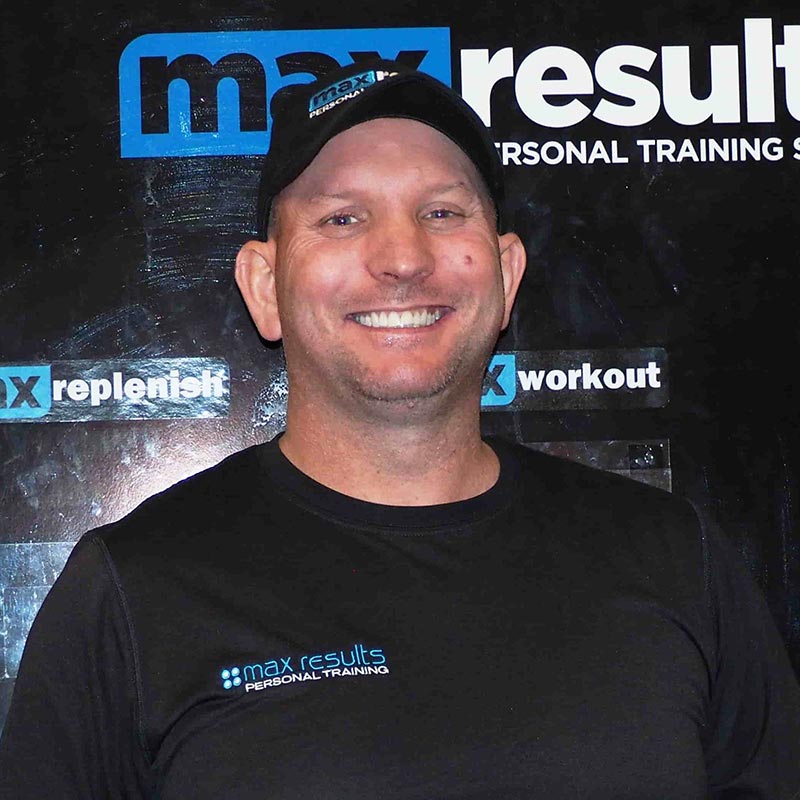HI all, We hope everyone is training hard and progressing well towards their health and fitness goals!
Recently, we uploaded a post outlining some precautionary measures to take when exercising in a hot environment, whether it be outdoors or indoors here at Max Results. To refresh everyone’s memory, some of the strategies to try and combat the detrimental effects to physical performance that exercising in a hot environment may cause include:
- Staying well hydrated
- Exercising in the early morning or late evening when the temperature isn’t as extreme
- Reduce intensity of your workouts
- Take more frequent breaks
Exercising in a hot environment, which can often be the case at Max Results during the summer months, poses a stressful challenge on the body’s ability to maintain normal body temperature and fluid balance. The above strategies are important considerations to help achieve this.
Although summer is slowly drawing to an official close, we will no doubt experience some more hot days until then. So, with that said, the purpose of this post is to briefly extend on what has been discussed previously and provide some education around how working out in a hot environment can actually have some positive physiological benefits, when the right precautionary measures are taken.
Working out regularly in a hot environment leads to a series of physiological adaptations that are aimed at improving the body’s thermoregulatory capacity, or, in simple terms, maintain core body temperature. The end result after regular exercise in a hot environment is a lower heart rate and core body temperature during submaximal exercise. Some of the mechanisms for achieving this are as follows:
- Increase in blood plasma volume – this leads to improved cardiovascular fitness and more blood that can be pumped around the body to deliver oxygen to the working muscles. Increasing blood plasma volume also creates a greater ‘fluid reserve’ to aid sweat production.
- Earlier onset of sweating – sweat is the body’s primary cooling mechanism to maintain core body temperature.
- Higher sweat rate – with an earlier onset and a higher rate of sweating through working out in a hot environment, body temperature does not rise as rapidly during exercise and the body can evaporate heat more effectively to help protect against hyperthermia, or other heat-related illnesses
There are other benefits that accompany regular training in a hot environment that are beyond the scope of this blog. However, it is hoped that this post provides some understandable insight and education around the potential positive adaptations that can occur in the body with regular heat exposure.
We stress, though, that proper hydration and tailored workouts are a MUST when working out in the heat and on extreme heat days we suggest not to do strenuous exercise
As always, please don’t hesitate to hit any of us up with any questions relating to this specific topic or any others that come to mind.
See you in the gym!
Written by
Ben Horsley B.Ex.Sci., B.App.Sci (Hons)
References
Powers, S. K., & Howley, E. T. (2012). Exercise physiology: theory and application to fitness and performance (8th ed.). New York, NY: McGraw-Hill




